Team Presentation
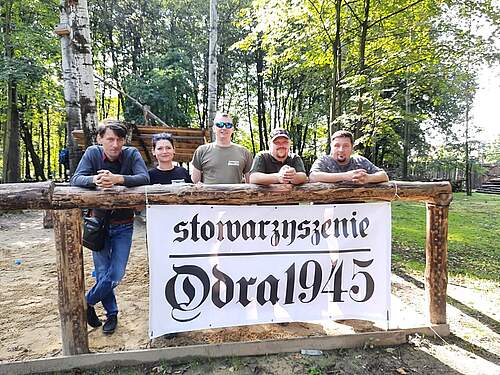
Racibórz, as a partner in the project, is represented by people from various backgrounds. The team participating in the project includes the president of the Racibórz Land Lovers Association, Dr. Piotr Sput, a history teacher at CKZiU No. 2, as well as Dr. Renata Sput, a Germanist and university teacher at the Academy of Applied Sciences in Racibórz, also the Oder 1945 Association, which is represented in the project by Robert Lasak and Anna Musiol. Students are also integral to the team - Agnieszka Wilczek, Krzysztof Placzek, and Grzegorz Fiolka. Director of the Racibórz Museum, Romuald Turakiewicz, an archaeologist by profession, also belongs to the Urban Spaces team. All of them, seemingly completely different, have one thing in common - an interest in local history and traditions and a desire to learn in detail about the issues addressed in the project, not only in the context of their own country but above all in a comparative aspect with other countries involved in the project.
City Presentation
Raciborz, a city in the Silesian province, seat of the authorities of Raciborz County, consisting of 8 municipalities. The city covers an area of 75 square kilometers and currently has a population of 49,000. It reached its demographic peak in the early 1990s, when it was inhabited by about 65,000 people. June 21, 2001, Raciborz was the first city in Poland and Europe to receive the ISO 14001 certificate, thus introducing an Environmental Management System in the municipality.
In 2002 a higher education institution was established in Raciborz - the State Higher Vocational School, which currently educates about 4000 students in more than a dozen fields of study. It allows them to achieve bachelor's, engineer's or master's degrees. The city is home to the District Court, occupying two historic 19th-century buildings that were built to serve the administration of justice.
The city is home to many industrial plants in industries such as chemicals, metals, food, and energy. One of the largest factories is located in the Plonia district that produces electrodes and other graphite components. It was founded in 1895 and has operated almost continuously to this day. Other notable Racibórz plants include: Rafako Boiler Factory, which provides services to the energy and oil and gas processing industries; confectionery manufacturer Mieszko, which continues the 19th-century tradition of making sweets in Raciborz and sells products to 60 countries around the world; or a factory owned by Henkel, a large conglomerate that produces cleaning products, cosmetics or construction chemicals.
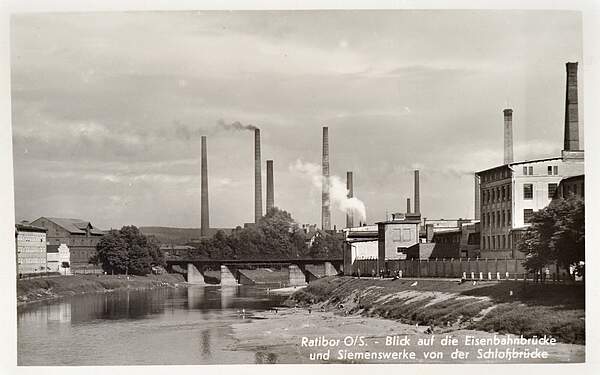
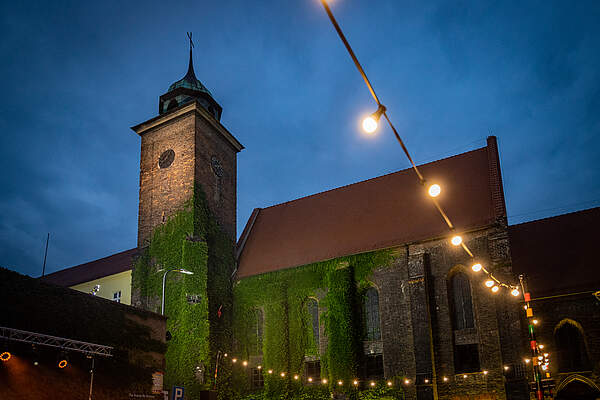
Raciborz has a municipal museum, founded in 1927, which has one of its exhibition buildings in the 14th-century Holy Spirit Church, built as part of a now-defunct Dominican nunnery. There are also cultural centers (Raciborskie Cultural Center, Youth Cultural Center), where both younger and older residents can develop their passions in areas such as singing, dancing, theater and fine arts. Both municipal institutions and private associations organize a number of cultural events throughout the year, some of which are cyclical and have achieved an over-regional reputation. These include the "Pinwheels" Travel Festival, the Racibórz Medieval Festival, the "Mini Airshow" Modeling Picnic and the Racibórz Days. There are also a number of sports clubs in the city, including wrestling, swimming, volleyball, chess and soccer, which have their successes in national and international arenas (Olympic gold medalists Ryszard Wolny, and Justyna Swiety-Ersetic come from Racibórz).
There is a botanical garden "Arboretum of the Moravian Gate", occupying a 164-hectare forest, which is a remnant of the original primeval forest adjacent to Raciborz from the east. Within the Arboretum's boundaries are such attractions as a mini-zoo, an Enchanted Garden, educational paths and a fitness trail. A few kilometers north outside the city stretches the extensive (477 hectares) "Lezczok" nature reserve, which contains former fish ponds, and about 400 species of flora, including many protected species. Lezczok is also an excellent place for birdwatching, you can meet about 200 species there, most of which live permanently in the reserve.
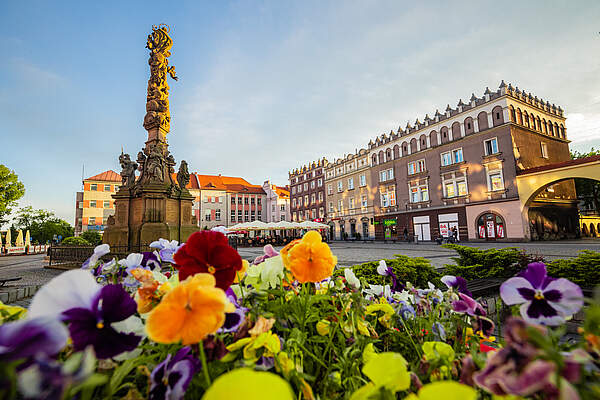
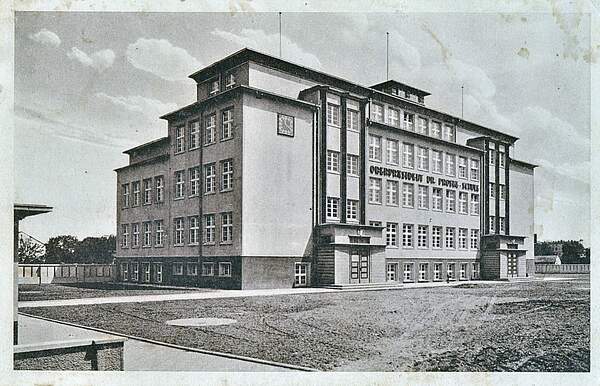
The history of Raciborz is quite complicated, it belonged to many state organisms, always lying on their borders. Polish, German, Czech and Jewish cultures intermingled in it, sometimes competed, often lived in harmony. It was repeatedly burned, affected by invasions of enemy armies, floods, pestilence, but always recovered from these misfortunes.
Racibórz is one of the oldest Polish cities. The riverside town of that name existed at least since the beginning of the 12th century, and was granted city rights in the first half of the 13th century (many historians say it may have been before 1217). At the turn of the twelfth and thirteenth centuries, Racibórz became the first historical capital of a principality covering a considerable area of Upper Silesia. We owe this fact to the son of Wladyslaw the Exile, Mieszko Laskonogi (Platypus). In the 1270s he took and united under his rule the aforementioned territories, and in 1210 he captured Wawel and became the supreme prince of Poland. During the reign of the Piasts (until 1336), Racibórz became one of the most important political, economic and cultural centers and the most populous city in Silesia. Its importance began to diminish during the reign of the Premyslids (1337-1521), and when the Habsburg rulers took over supreme authority over Racibórz directly (1558-1742). The land of Racibórz at that time was pawned several times (including in 1645-1666 it was in the hands of the Polish kings of the Vasa dynasty), and also suffered greatly along with Racibórz during the Thirty Years' War.
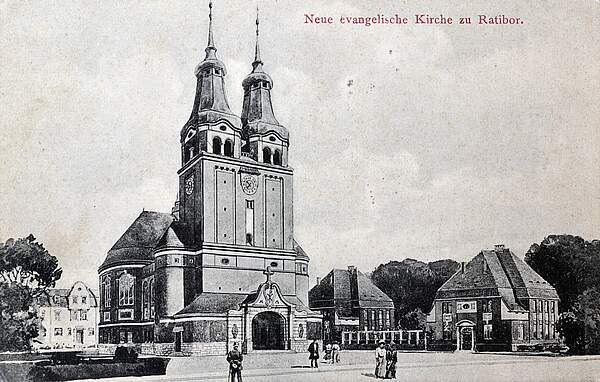
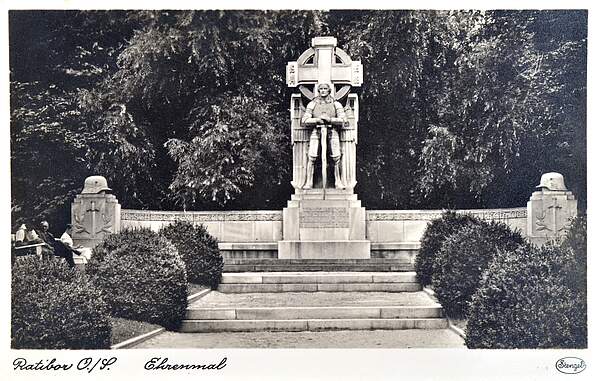
In 1742, almost all of Silesia was incorporated into the Kingdom of Prussia, a consequence of Maria Theresa's defeat of Frederick II the Great in the First Silesian War. About 100 years after this event, Racibórz's development resumed. A factor in the city's creation was its connection in the second half of the 19th century, by railroads with Berlin and Vienna. Various industrial plants were established and developed during this time. Racibórz became famous for tobacco products and sweets. In addition to food, other industries developed, such as metal and chemical. After the division of Upper Silesia in 1922, the town remained within the borders of the German state until 1945. Between 1924 and 1933, the local government part of the Upper Silesian Province authorities (the so-called Landtag) had its seat in Raciborz, which influenced the city's further development. In early April 1945, Red Army troops entered the city. Its soldiers carried out destruction, arson and looting of many buildings (churches, offices, factories, tenements), as well as murder, rape and beatings of the few remaining residents. The Polish administration arrived in Raciborz in May 1945.The post-war years were a period of deconstructing the city (obliterating traces of the war lasted until the 1960s), and gradually rebuilding it to its present shape. In July 1997 another tragedy took place in the history of Raciborz, it suffered in the so-called flood of the millennium. The water level then reached a record 1046 cm, and about 60% of the city was flooded.